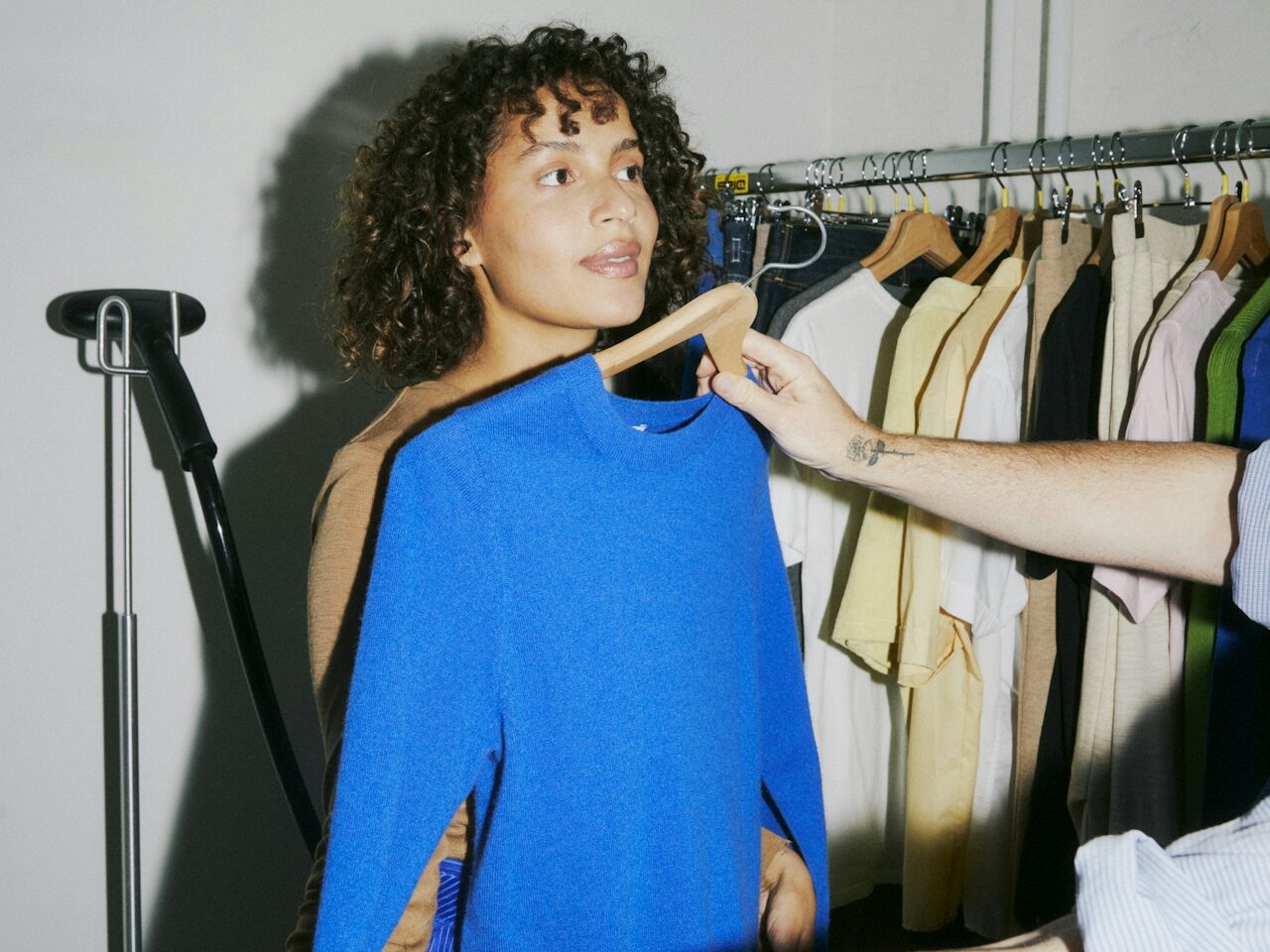5 thought experiments 2026
5 Five thought experiments to fix your returns before next peak Jennie Gerum December 2, 2025 6 min
The way we produce and consume fashion today is anything but sustainable.
Clothes are made quickly, worn briefly, and discarded without much thought. It’s time to think differently—time to think circular. Circular fashion isn’t just about making better clothes; it’s about creating a system where fashion is designed to last, reused, repaired, and eventually recycled.
This guide will show you how brands can start working toward a circular approach, step by step.
At its core, circular fashion means designing and producing products with their entire lifecycle in mind.
This isn’t about a single product; it’s about creating a movement where every item—whether clothing, shoes, or accessories—can be reused, repaired, recycled, or biodegraded, ensuring nothing goes to waste.
Repair plays a particularly vital role in extending the life of products. The new EU legislation on the Right to Repair, coming into effect in 2026, reinforces the importance of making products repairable. This is a crucial step toward enabling circularity, where products are designed not just for today but for a long, sustainable future. Learn more in our blog post about the Right to Repair.
Circular fashion breaks away from the traditional “take-make-waste” model by redefining how we think about design and consumption. Instead, it focuses on:
Durability: Designing items that last long enough to be enjoyed and passed down over generations.
Versatility: Creating garments that can be styled and worn in multiple ways.
Recyclability: Using materials that can easily be transformed into new products.
Sustainability: Choosing materials that are not only durable but also safe for the planet, such as organic, renewable, or low-impact fabrics.

Today’s fast fashion model has created a massive environmental challenge.
Every year, over 92 million tons of textile waste are generated globally, with much of it ending up in landfills (Ellen MacArthur Foundation). Many of these items are made from synthetic materials that can take decades or even centuries to break down.
Worse, the production process itself consumes around 79 trillion liters of water annually and emits 1.2 billion tons of CO2—more than the aviation and shipping industries combined (UNEP).
We need a change if we want to keep our planet alive. Every one of us needs to think circular. But in order to do so, each brand and company must provide the way.
Circular fashion offers a way to reduce this impact by rethinking how we design, produce, and consume clothes. Brands and consumers alike can play a role in:
Preserving resources: Minimizing water and energy consumption.
Reducing waste: Keeping materials in use for as long as possible.
Lowering emissions: Decreasing the need for virgin materials and production.
Transitioning to circular fashion isn’t just an environmental choice—it’s a business opportunity. Brands that embrace circular principles can build stronger customer loyalty, reduce costs, and meet growing demand for sustainable products. They can also create a thriving second-hand market for their products. Some successful brands have built their reputations so strongly that second-hand prices for their items are higher than the original prices. This achievement comes from proving their products can stand the test of time.
Here’s how to start:
Collaborate: Partner with textile recyclers and circular economy innovato
Design for Longevity: Create high-quality garments with timeless designs.
Use Sustainable Materials: Opt for fabrics that are recyclable, biodegradable, or renewable.
Enable repairs: Make it easy for customers to repair their products with accessible tools, clear instructions, or repair guides. Or, offer repair services yourself—either in your stores or online. Use a platform like Inretrn to handle the logistics smoothly, connecting to local repair hubs or centers so products are sent directly to the repair hub and back to consumers without needing to be handled at the central warehouse.
Implement recycling programs: Make it easy for customers to recycle. Have recycling flows and programs in your stores and online so that you can take control of the products you put on the market.
Collaborate: Partner with textile recyclers and circular economy innovators.
1. Assess your current impact
Before you can make changes, understand your starting point. Measure the environmental footprint of your products and identify key areas for improvement. Use technologies like Vaayu Tech to help track and cut your emissions effectively.
2. Shift your mindset
Circular fashion isn’t just about products—it’s about rethinking your entire approach to fashion. Focus on creating value over time, not just at the point of sale.
3. Educate your team
Involve your designers, production teams, marketers, logistics, and operations teams—yes, the entire company—in circular thinking. The best approach is to bring this conversation to the management team to ensure alignment and commitment across all levels. Share examples of successful circular initiatives and brainstorm ways to apply them in your business.
4. Start small
You don’t need to overhaul your entire collection overnight. Begin with a pilot project, such as a single product line or a take-back program.
5. Communicate transparently
Share your circular goals and progress with customers. Highlight the steps you’re taking to make fashion more sustainable and encourage them to participate.
Circular fashion is not a trend—it’s the future of the industry. As consumers demand more sustainable options, brands that adopt circular practices will stand out. The transition requires effort and collaboration, but the rewards are worth it: reduced waste, stronger customer loyalty, and a more sustainable planet.
By thinking circular, we can turn the tide on fast fashion and create a system where style and sustainability thrive together.
Thinking circular starts with small steps. Assess your impact, make changes in design and production, and engage your customers in your journey. Don’t overlook logistics—it’s a critical part of the journey and can have a high impact on circularity. We’re here to help you connect the dots and ensure your logistics strategy supports your circular goals. Every step forward brings us closer to a sustainable future for fashion.
5 Five thought experiments to fix your returns before next peak Jennie Gerum December 2, 2025 6 min

Why the fashion industry is solving the wrong problem New research reveals that the solution to rising return costs isn’t better fit - it’s better control. Fashion brands have spent years ...

The real profitability killer in e-commerce The real growth metric in 2025 isn’t sales, it’s profit after returns.And the real profitability killer in e-commerce? It’s not returns thems...